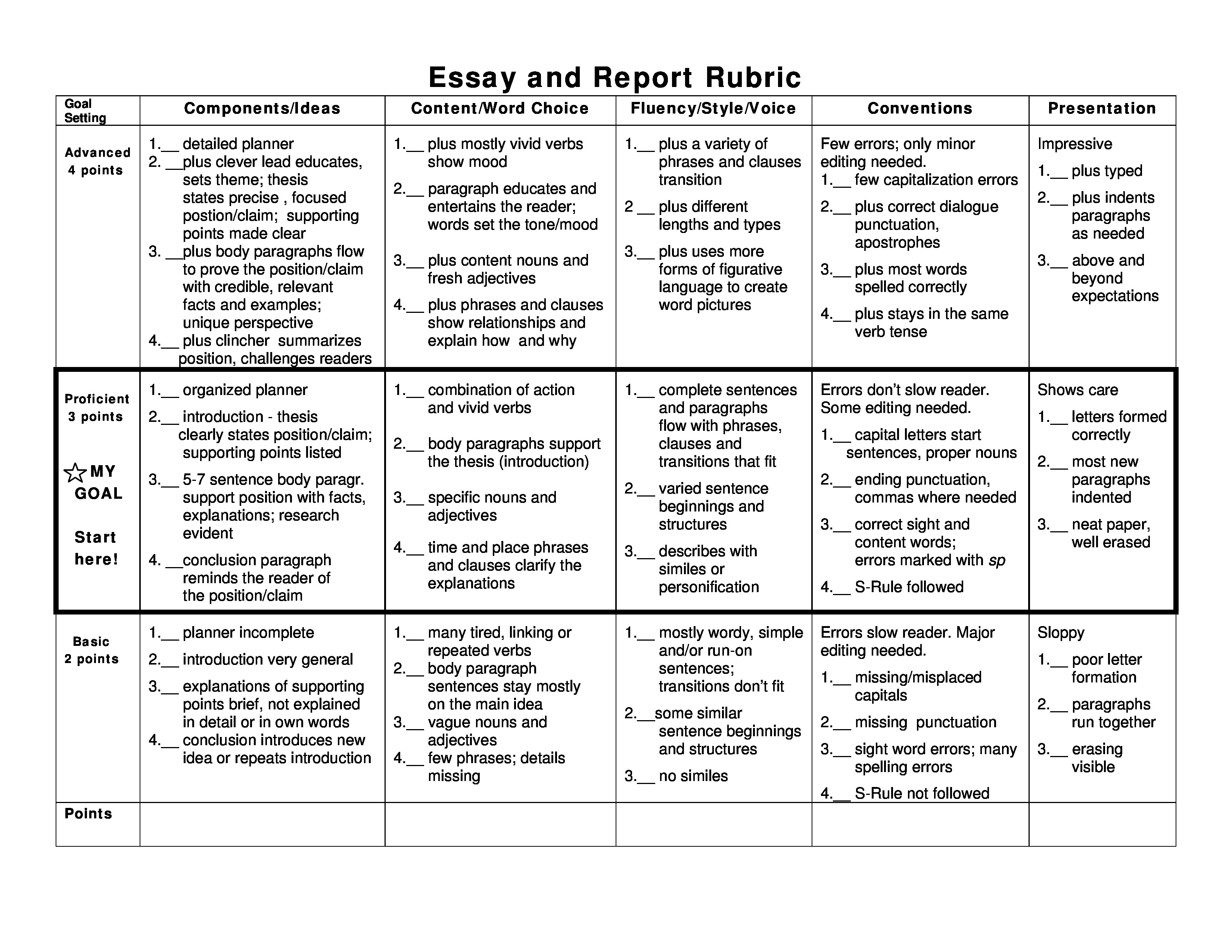Cardiac Arrest Research Paper - Paperdue.com.
This paper is one of thousands inspired by muscle research accomplished over the last 50 years. The frontiers of muscle research continue to expand, especially into many different types of nonmuscle cells, e.g., the zebrafish photoreceptors. Movement is a central characteristic of life, and muscle related molecules are central to the movement of molecules inside cells, cells inside organisms.
Cardiac muscle, in vertebrates, one of three major muscle types, found only in the heart. Cardiac muscle possesses contractile units known as sarcomeres and exhibits rhythmic contractions. The rhythmic contractions are regulated by the sinoatrial node of the heart and thus are not under voluntary control.

Cardiac Arrest Research Paper. Length: 10 pages; Sources: 7; Subject: Anatomy; Type: Research Paper. The death of the cardiac muscle cells creates an infarct which is the buildup of nonfunctional cells. Coronary artery disease is the most common cause of heart attack. Blockage in the heart is a severe problem, the severity of the disease is determined based on the location of the blockage.

Cardiac Muscle. Definition. Cardiac muscle is responsible for pumping blood throughout the body. It is a type of muscle tissue that is found only in the heart and is distinguishable from the two other forms of muscle, smooth muscle that moves internal organs, such as the bowels, and vessels, such as the artery walls and skeletal muscle (that powers joints).

The Research Paper Factory. Join; Search; Browse; Home Page; Science; Free Essay Cardiac Muscle In: Science Submitted By ncmunoz82 Words 496 Pages 2. Cardiac Muscle Tissue and It’s Function There are different types of muscle tissue in the body. I will be focusing on cardiac muscle tissue and its functions. Cardiac muscle is located in the heart wall and its major function is to pump blood.

Cardiac muscle (also called heart muscle or myocardium) is one of three types of vertebrate muscles, with the other two being skeletal and smooth muscles. It is an involuntary, striated muscle that constitutes the main tissue of the walls of the heart.The myocardium forms a thick middle layer between the outer layer of the heart wall (the epicardium) and the inner layer (the endocardium), with.

Cardiac muscle owes its striated appearance to the arrangement of thick and thin filaments that make up the contractile apparatus. Electron micrographs of cardiac muscle reveal a banding pattern of myofibrils similar to that observed for skeletal muscle. Like skeletal muscle, these bands are referred to as the A band, I band, and Z disk. The dark-staining A band is the region of the.
Andrew Grace, in Clinical Pharmacology (Eleventh Edition), 2012. Calcium and cardiac cells. Cardiac muscle cells are normally depolarised by the fast inward flow of sodium ions, following which there is a slow inward flow of calcium ions through the L-type calcium channels (phase 2 in Figure 25.1); the consequent rise in free intracellular calcium ions activates the contractile mechanism.

Characteristics. Cardiac muscle tissue, also known as myocardium, is a structurally and functionally unique subtype of muscle tissue located in the heart, that actually has characteristics from both skeletal and muscle tissues.It is capable of strong, continuous, and rhythmic contractions that are automatically generated. The contractility can be altered by the autonomic nervous system and.

Cardiac muscle appears striated due to the presence of sarcomeres, the highly-organized basic functional unit of muscle tissue. Learning Objectives. Identify the microscopic anatomy of cardiac muscles. Key Takeaways Key Points. Cardiac muscle, composed of the contractile cells of the heart, has a striated appearance due to alternating thick and thin filaments composed of myosin and actin.

Cardiac muscle RESEARCH ARTICLE Cardiac mitochondrial metabolism may contribute to differences in thermal tolerance of red- and white-blooded Antarctic notothenioid fishes.

I am writing a research paper on the cardiac muscle and the damages that a heart attack to do this. Where can I go - Answered by a verified Health Professional. We use cookies to give you the best possible experience on our website. By continuing to use this site you consent to the use of cookies on your device as described in our cookie policy unless you have disabled them. Health. Ask.

Cardiac muscle (heart muscle) is one of the three main types of muscle in vertebrates.It is involuntary: a person cannot control it consciously.Also, it is a striped muscle in the walls of the heart.It makes up the tissue called the myocardium. The other types of muscle are the skeletal and smooth muscle.The cells that make up cardiac muscle have one (74%) or two (24.5%) nuclei.



